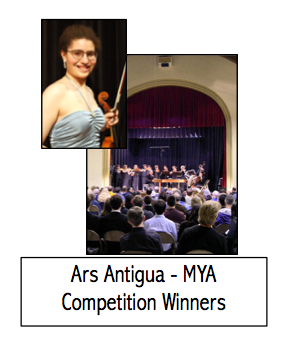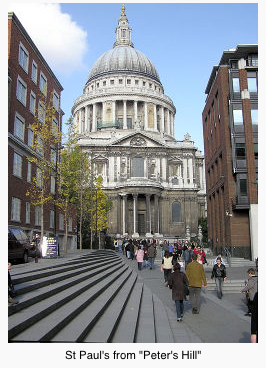
The 17th-century composer and violinist Heinrich Biber was born in Bohemia
and moved to Salzburg in 1670, where he flourished and was able to explore
his faith through music and composition. Brought up with a Jesuit
education, Biber frequently incorporated sacred themes into his instrumental works, including in his “Rosary” sonatas, compiled in those first years in Salzburg. Today we’ll hear the “Annunciation” sonata, which begins and ends with a rapid cascade of notes depicting the rustling of Archangel Gabriel’s wings as he descends from heaven to tell the Virgin she is to give birth to the son of God. In this performance, Bill Bauer is the violinist and Charles Metz the harpsichordist.
Program:
”The Annunciation” from the Rosary Sonatas – by
H.I.F. Biber (1644-1704), William Bauer, violin and Charles Metz
harpsichord
I. Preludium
II. Aria
III. Adagio
IV. Finale
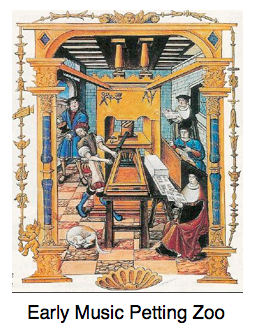

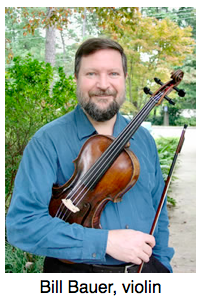

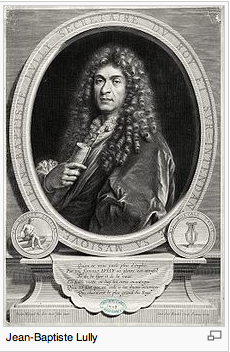 This month’s program (10 minutes and 32 seconds) explores the music of
This month’s program (10 minutes and 32 seconds) explores the music of 

